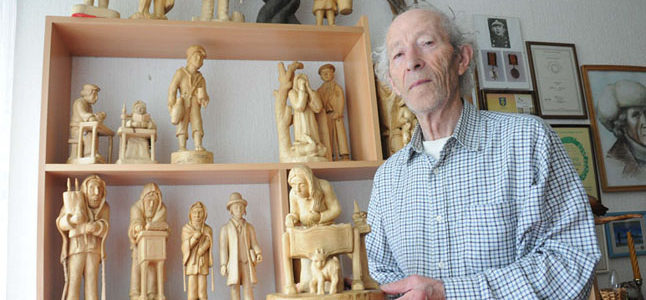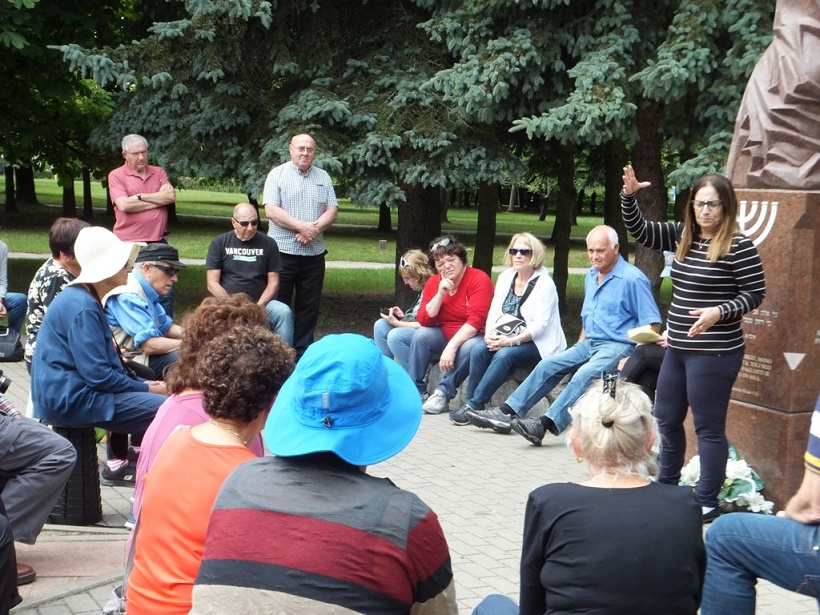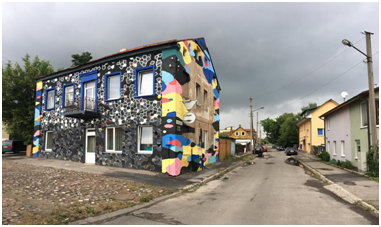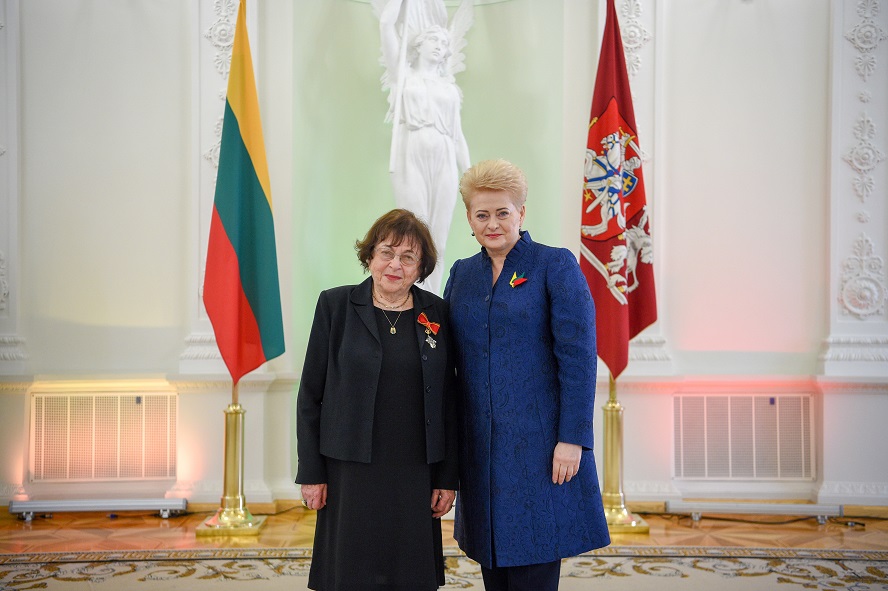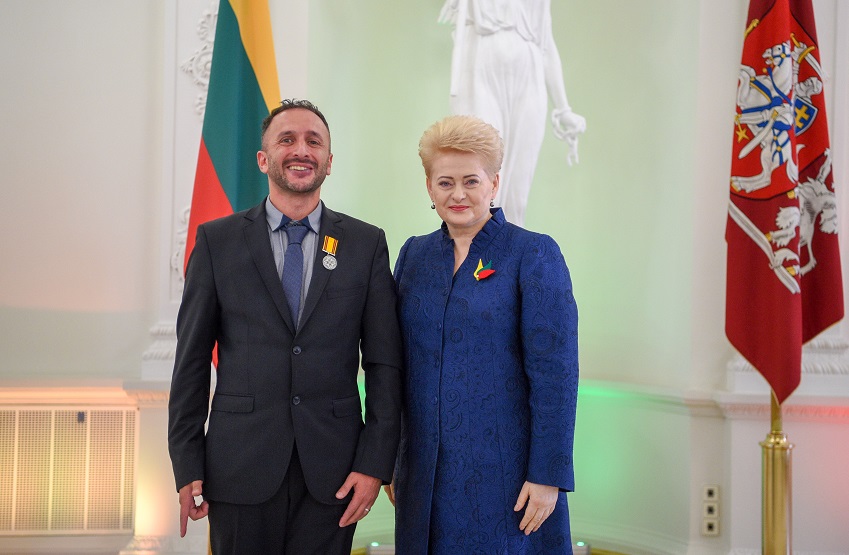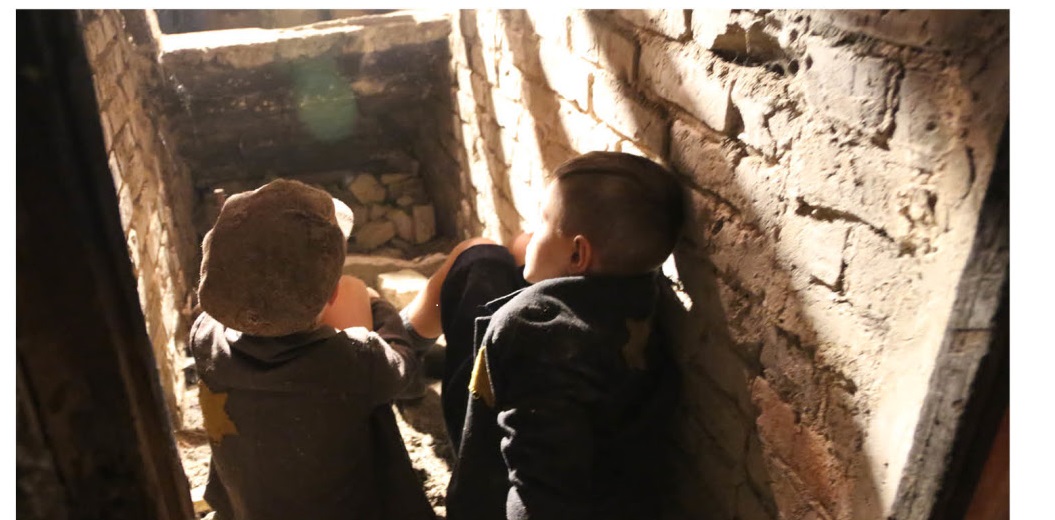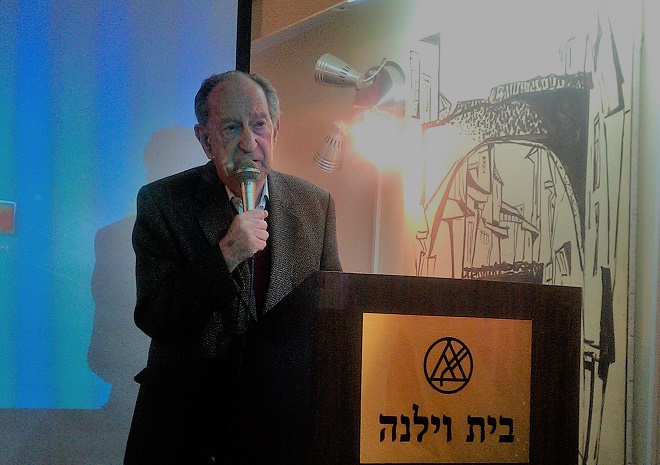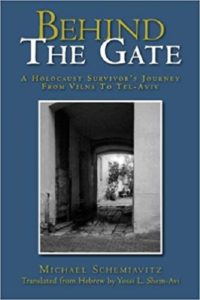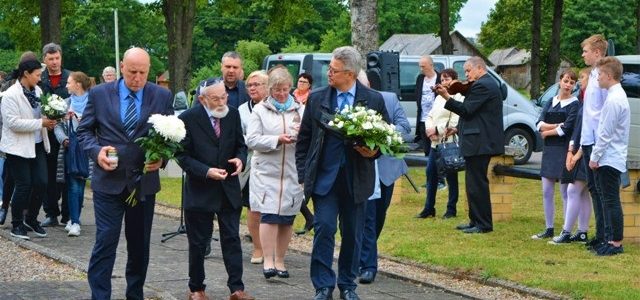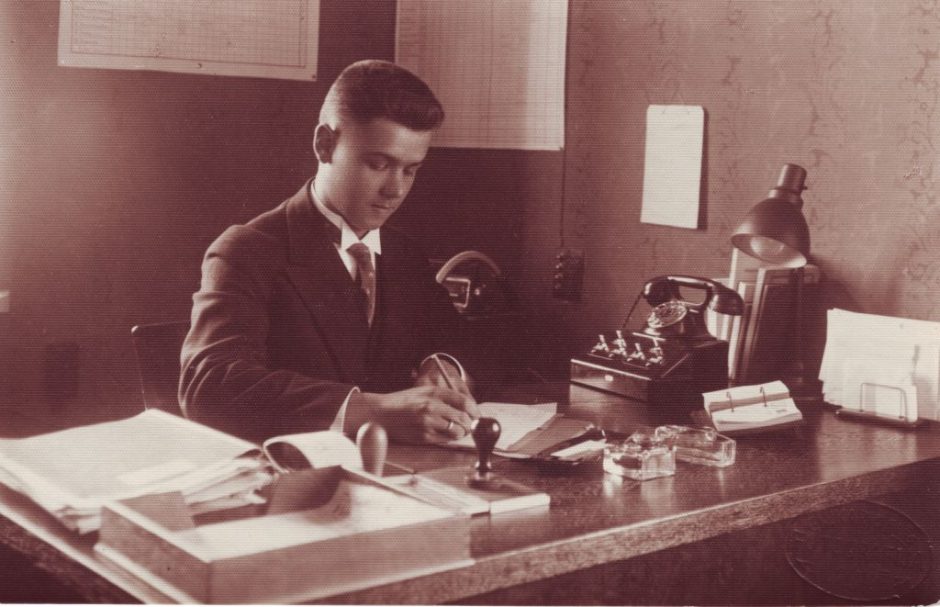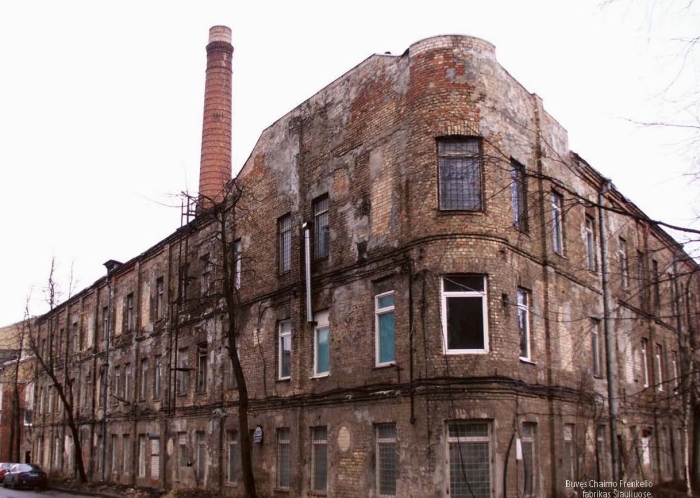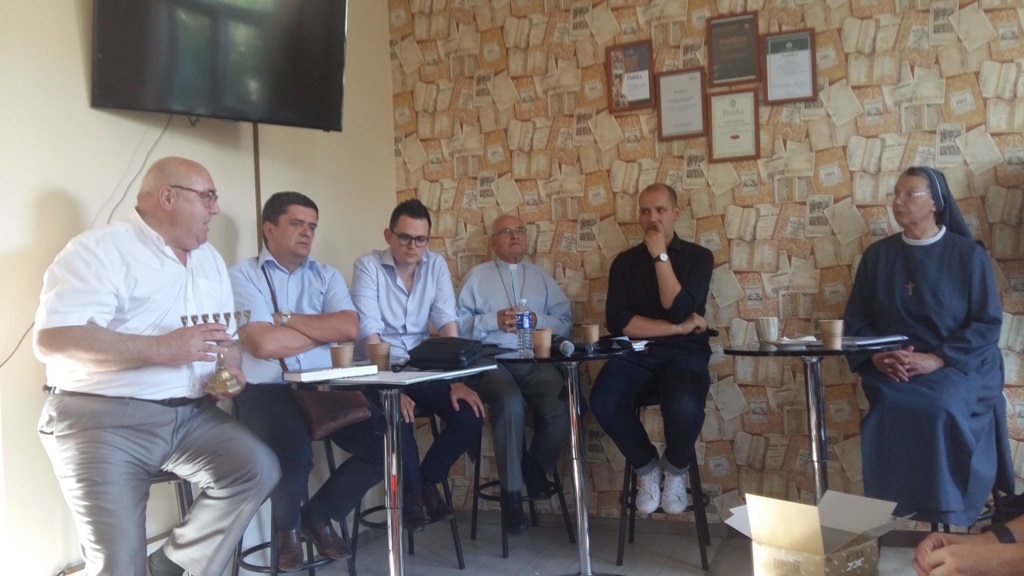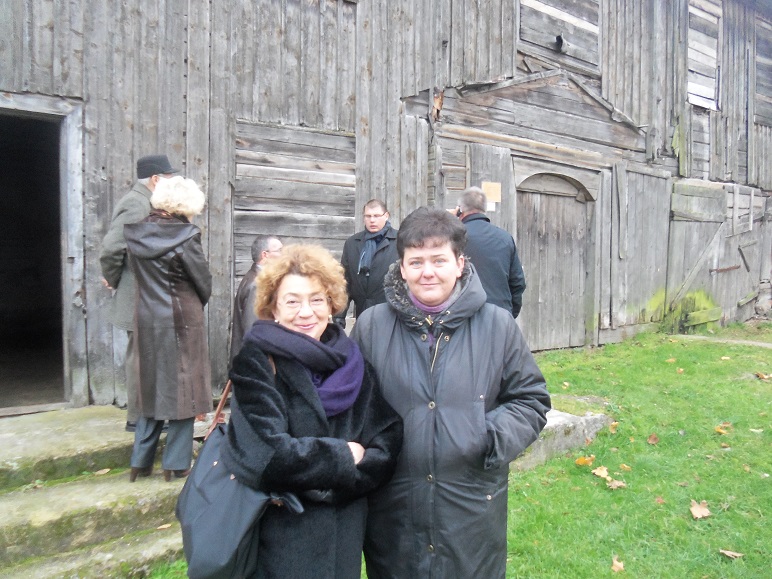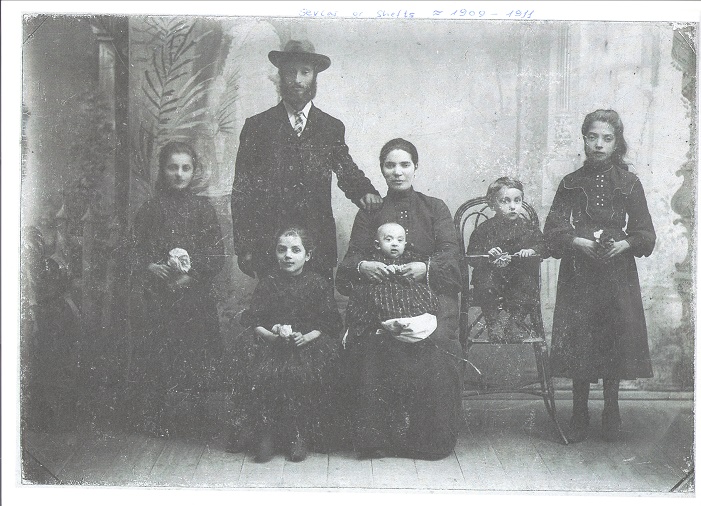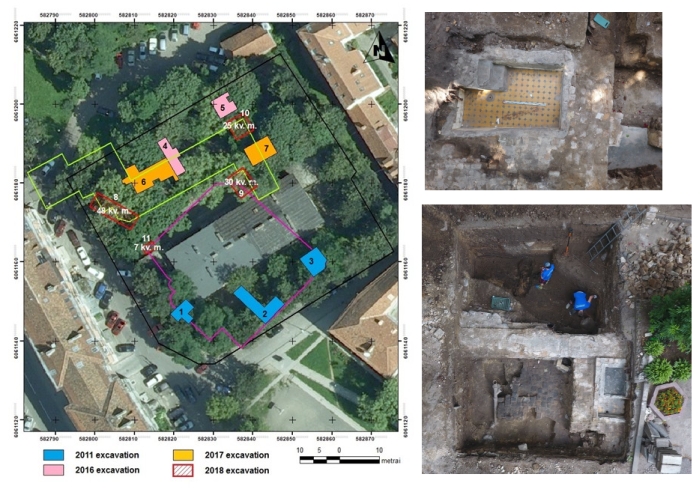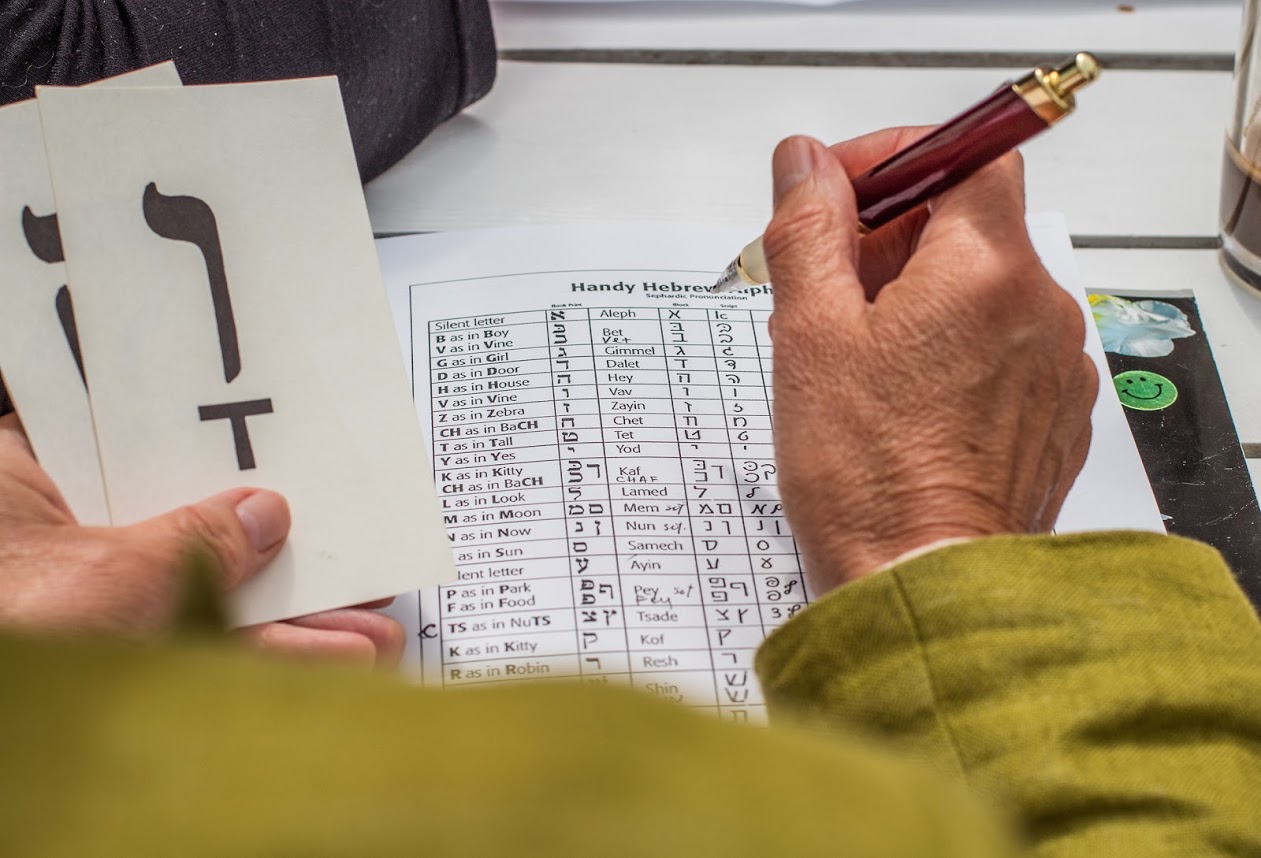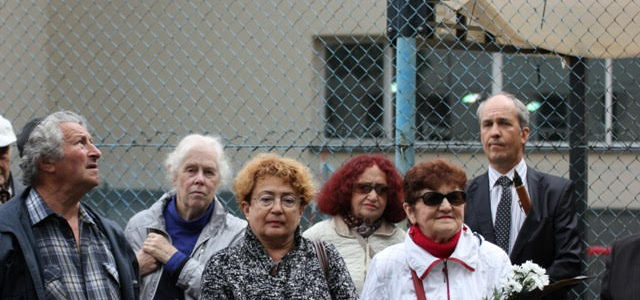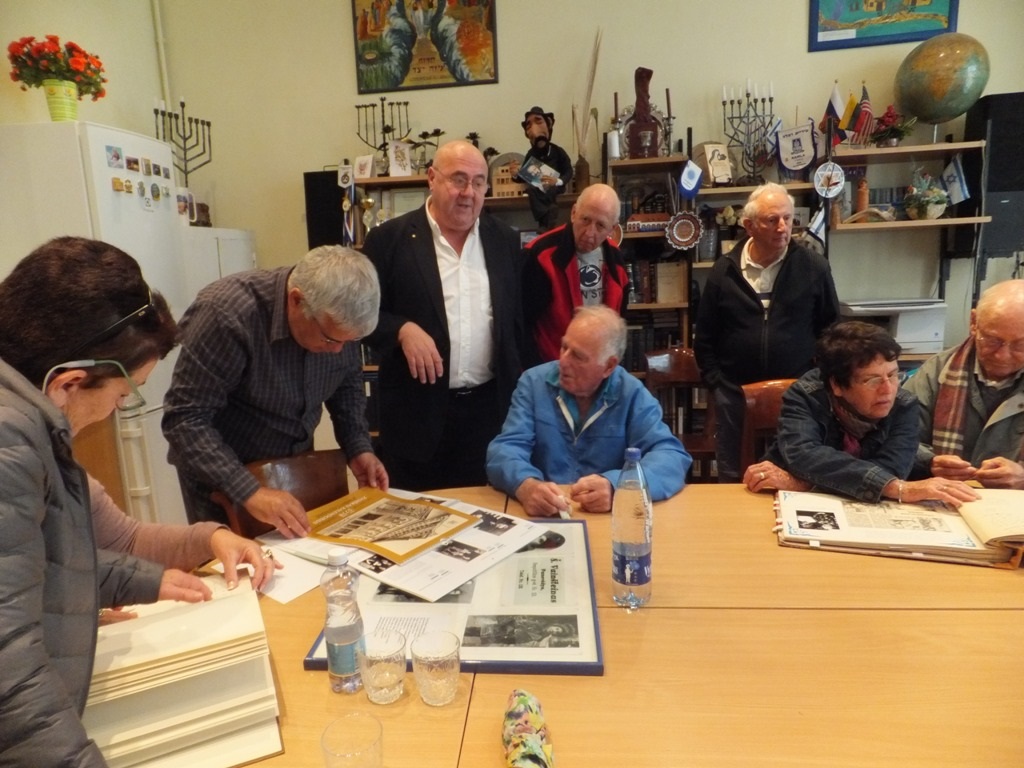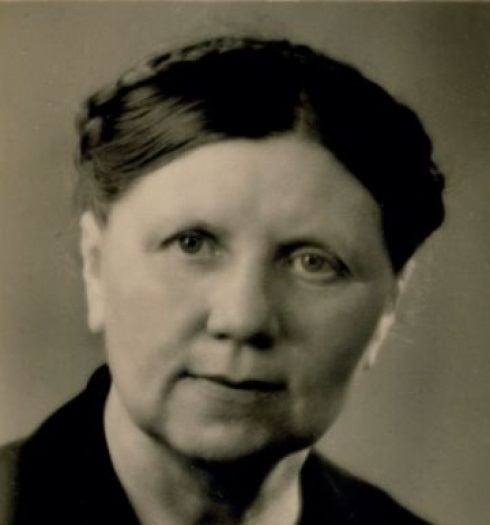
by Rasa Baškienė, Bernardinai.lt
Ona Šimaitė was named a Righteous Gentile in 1966 for saving Jews from the Vilnius ghetto. She constantly risked her life from 1941 to 1943, when the Vilnius ghetto existed, saving Jewish children and adults and seeking out shelter and support for them. Vilnius University rector Mykolas Biržiška, his brother Vaclovas Biržiška, the director of the Vilnius University library, and professors and staff at the university helped Ona Šimaitė, as did the writer Kazys Jakubėnas and the clerics A. Lipniūnas, M. Krupavičius, M. Vaitkus and others.
Vilnius Ghetto
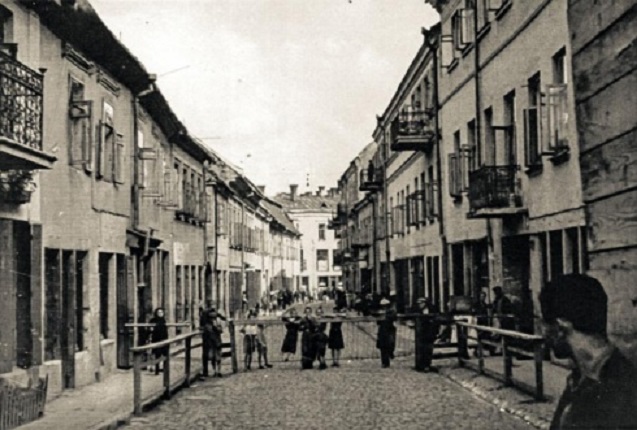
Rūdninkų street in the Vilnius ghetto.
On September 6, 1941, after the Germans had occupied Vilnius, 57,000 Jews were marched to the two ghettos in the Vilnius Old Town. They included many Vilnius University students and teachers, famous professors and scholars. Rector Mykolas Biržiška, university leadership and head librarian Vaclovas Biržiška tried to think of a way to help the Jews condemned to death. Finally a seemingly innocent way to do so was found: they would send two university librarians–catalog department director Ona Šimaitė and reading room director Godliauskaitė into the two ghettos to collect unreturned library books from Jewish readers.
Full story in Lithuanian here.


